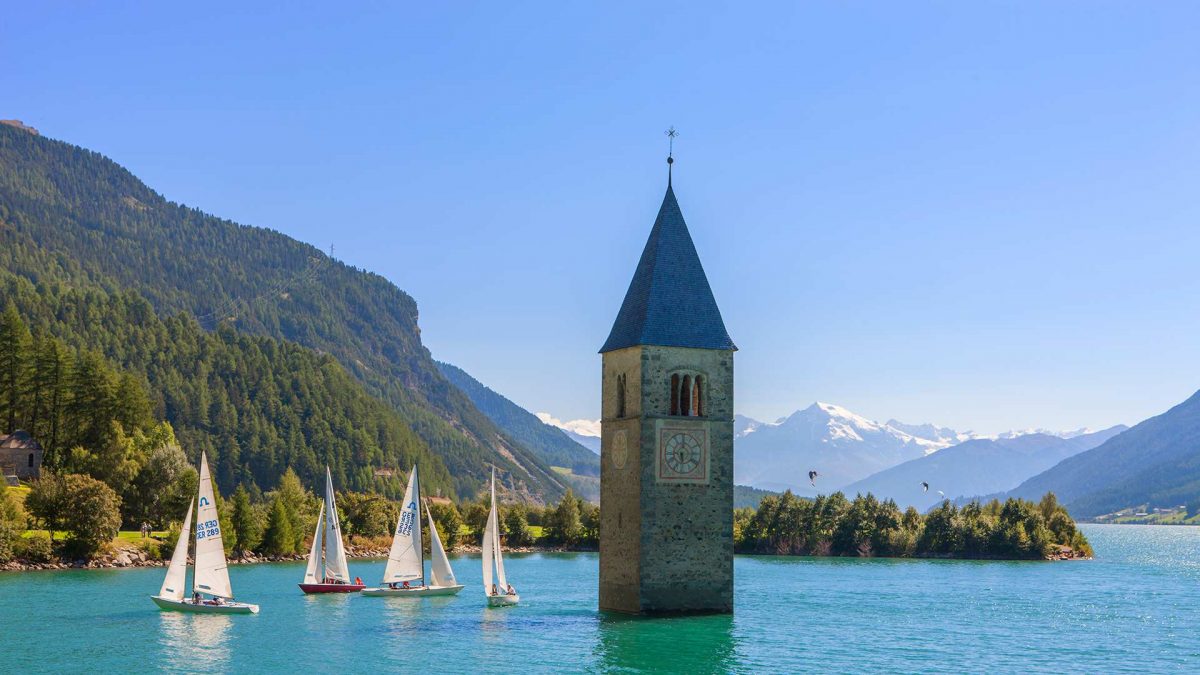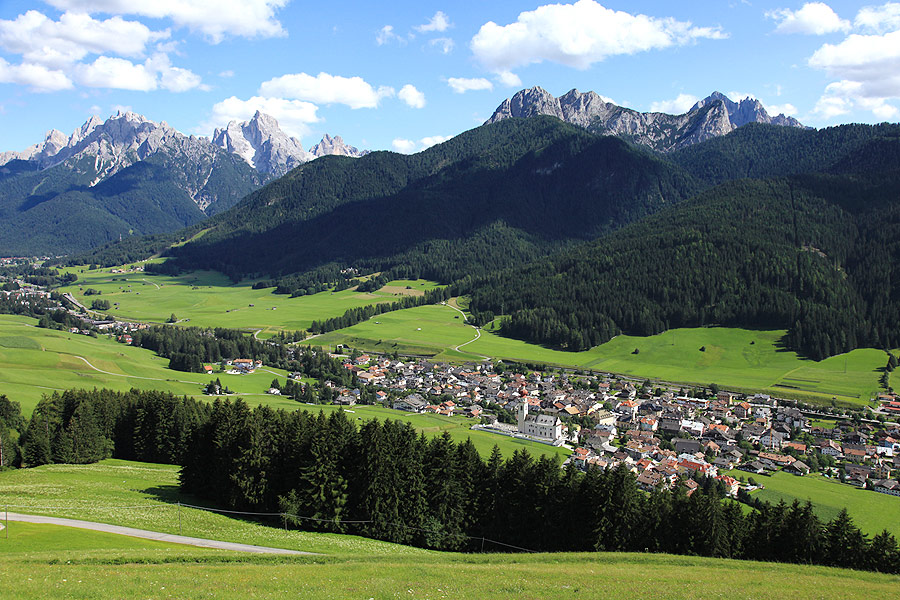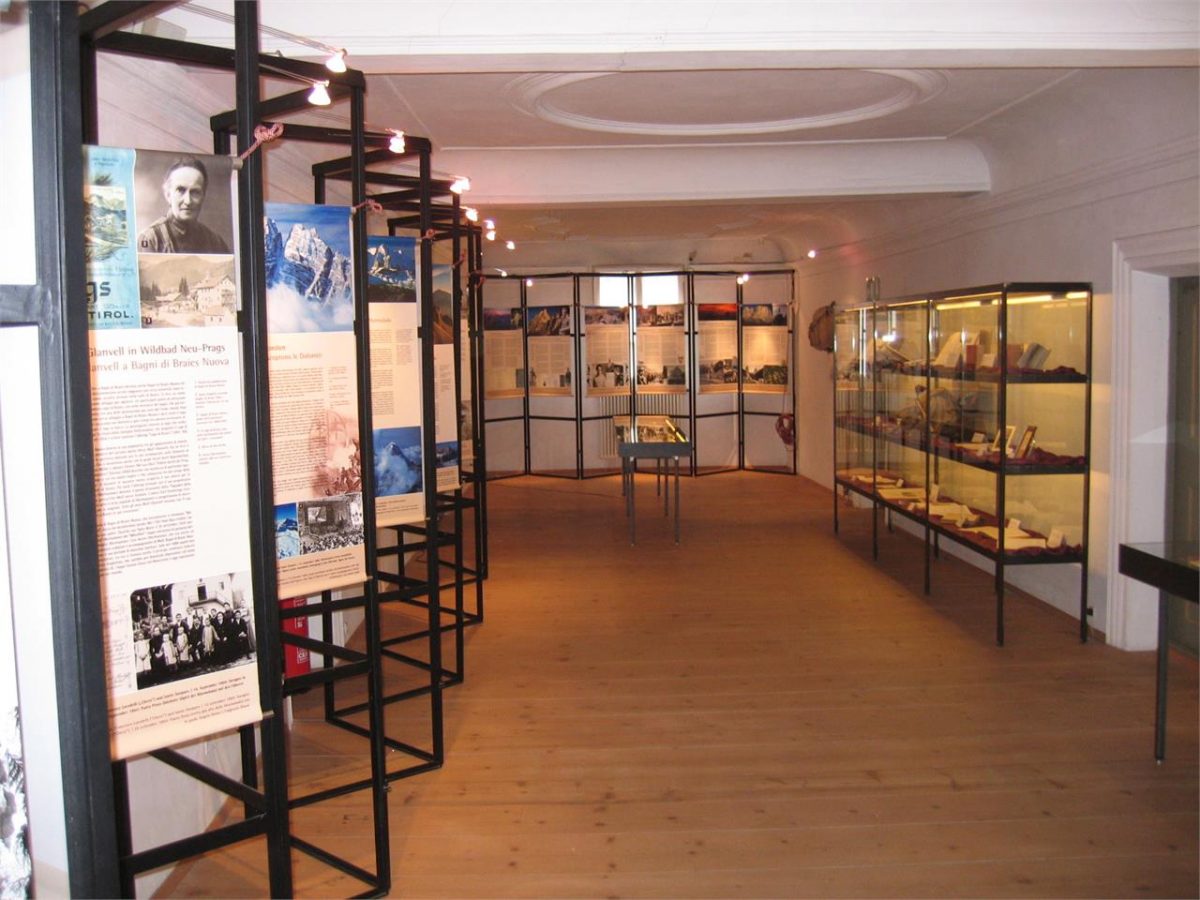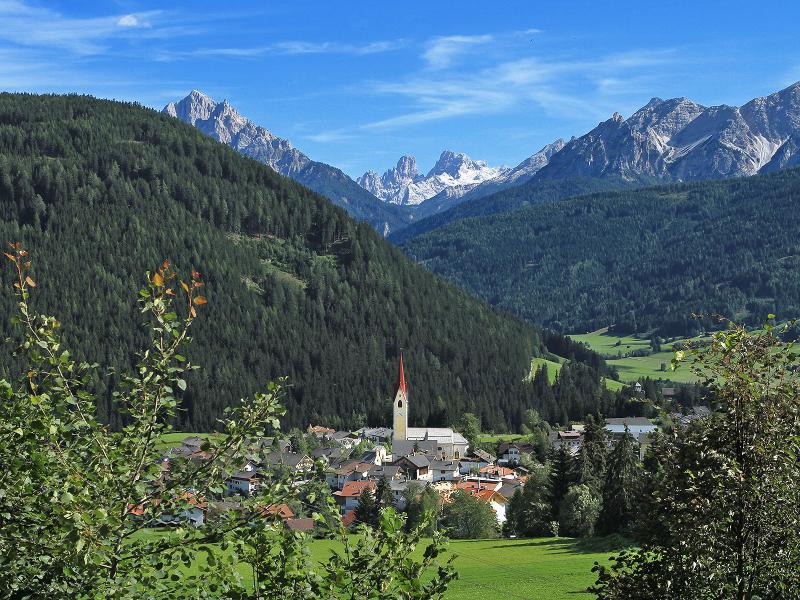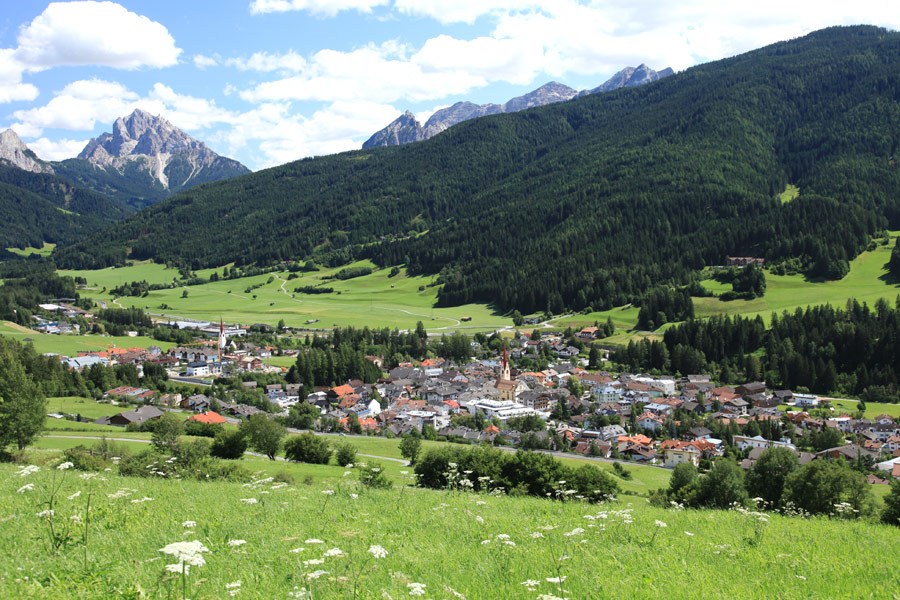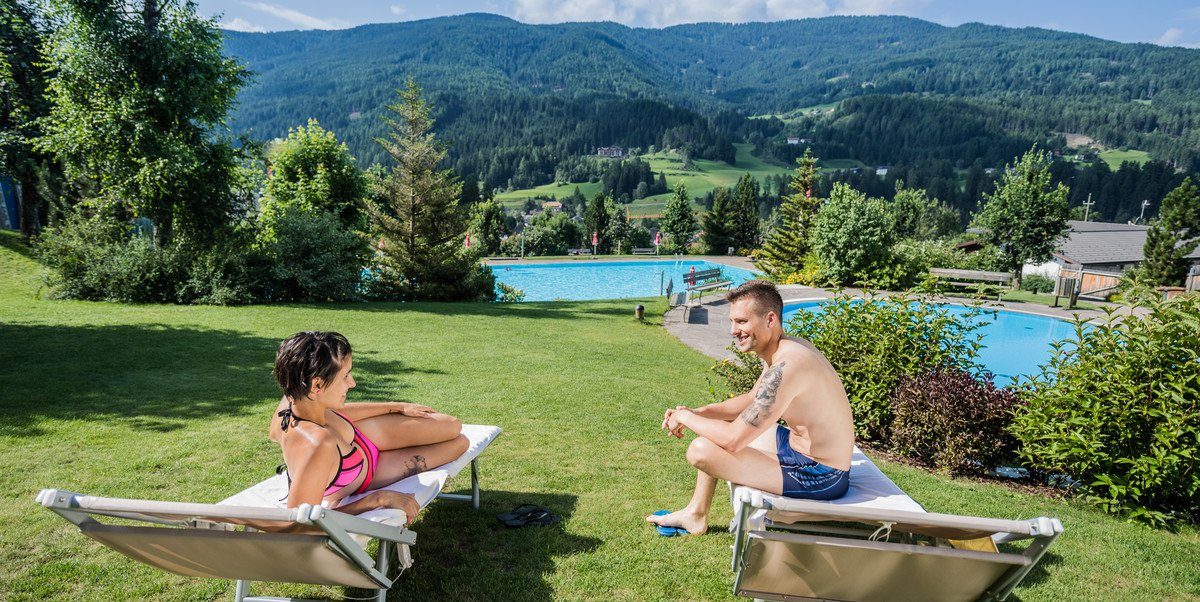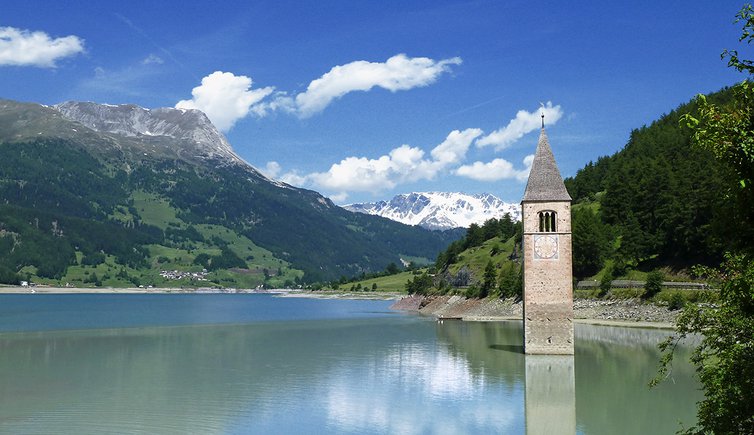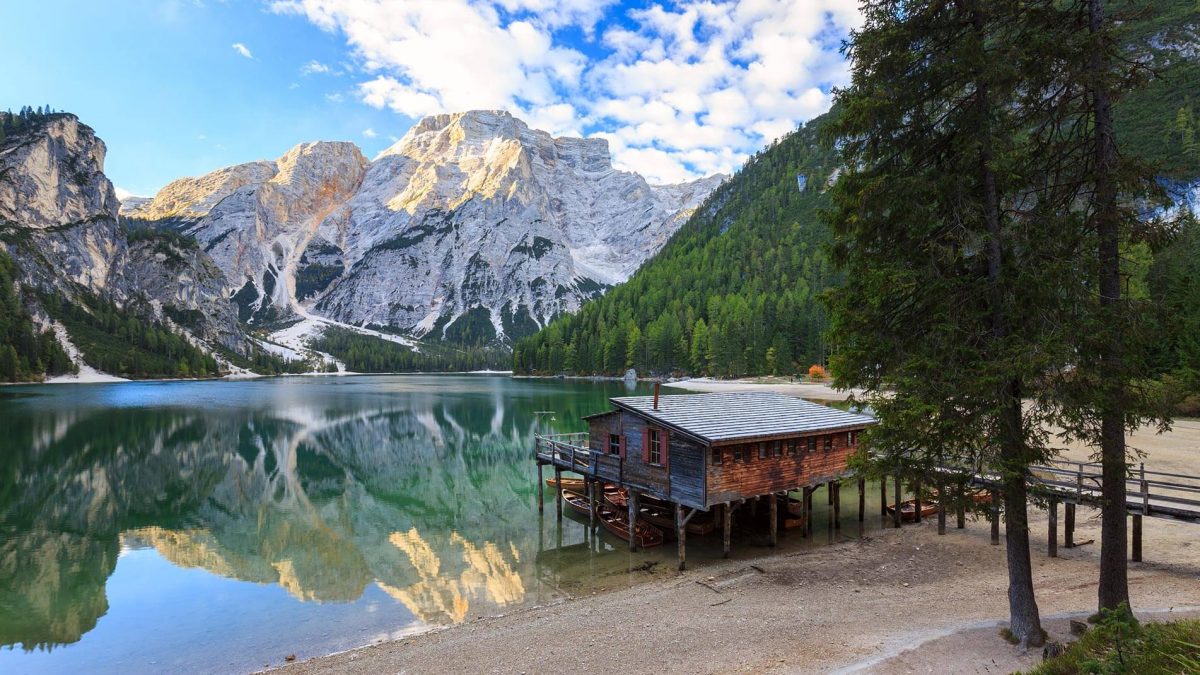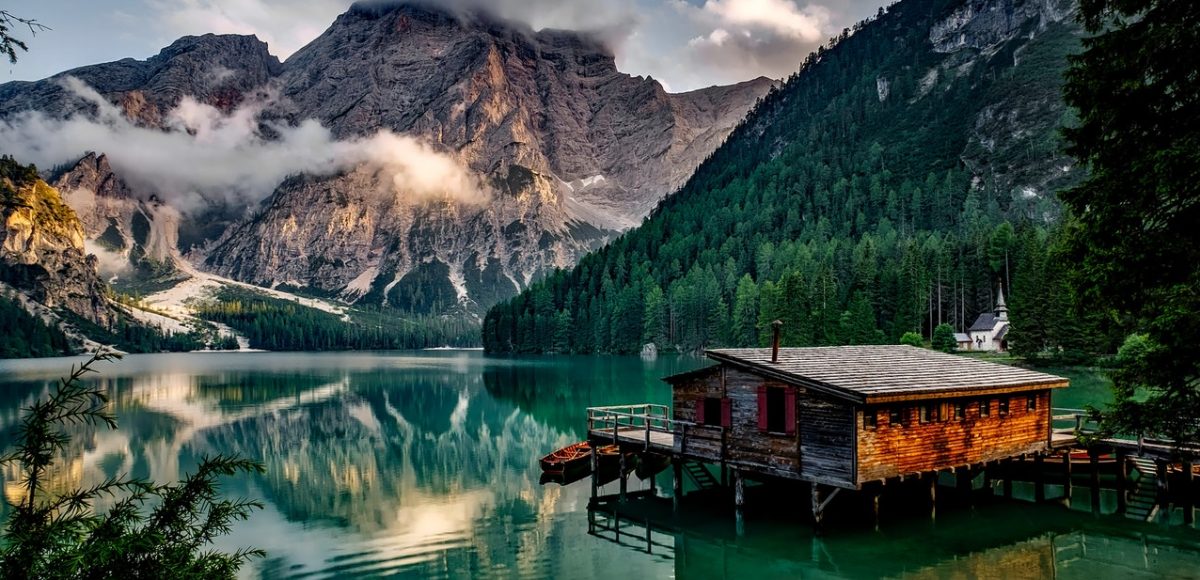How to reach Villabassa
Attractions:
– Museum Alta Pusteria | Villabassa
Villabassa is considered the cradle of tourism resorts of the Val Pusteria. Today it is venue for one of the hardest mountain bike races in the Dolomites, Dolomiti Superbike.
Villabassa is located at 1,154 m asl and harkens back on an animated past. This village is considered the cradle of tourism in Val Pusteria, dating back to 1871. The history of tourism is is documented in the Haus Wassermann, the local museum of tourism.
Places of interest are the S. Stefano parish church, boasting an altarpiece by the famous Baroque painter Martin Stoller. Also worth to be visited is the S. Maddalena church in Moso, hosting one of the most precious organs of Europe, seen from a historic and musical viewpoint.
Villabassa is a municipality that is ideal for those who love nature and outdoor activities. This is where you can find the first kneipp adventure village of Italy, providing a refreshing experience for body and spirit, surrounded by a magnificent scenery. Moreover the cure park offers tennis courts, a boccia lane, a recreation area and an adventure land for kids. In addition, a botanic educational trail provides interesting information for flora and fauna.
In Villabassa, all your wishes regarding hiking and walking destinations are going to be fulfilled. Either the Monte Serla, the local mountain of Dobbiaco and Villabassa, or Dolomite high path n°3 to Longarone, varied are the possibilities. Those who love mountain biking might be familiar with Villabassa as venue for the Dolomiti Superbike race, considered the hardest mountain bike race in the Dolomite mountains. Challenge yourselves on the race courses. Those, however, who prefer comfortable cycling down in the valley, can make a tour along the cycle track PusterBike of the Val Pusteria.
In winter, there are many skiing areas within easy reach. Either Monte Baranci, Monte Elmo, Croda Rossa or Plan de Corones, if you don’t want to, you don’t have to ski twice one single slope. Snow-shoeing, ski touring or winter walking in the fairytale landscape also leave lasting impressions in a scenery that has been added to the list of the Natural World Heritage sites.
